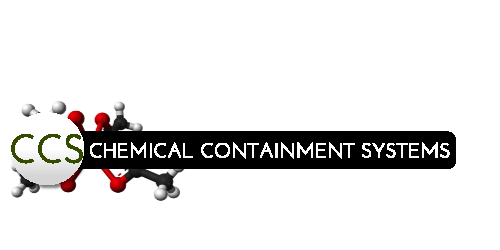Nuclear power plants provide approximately 6% of the world's energy, but it is not without its concerns. With the possible exposure to human lives, animals, and the environment, radioactive materials and wastes must be controlled and stored correctly. ArmorThane's polyurea coatings present solutions to these most critical containment challenges.
Many nuclear power plants implement ArmorThane's polyurea to manage contaminated liquid waste by providing a surface barrier over the hidden tanks' surface to avoid environmental disasters.
For example, one well-known nuclear site housed four tanks below the floor of the processing cells, storing 19,000 gallons of highly radioactive liquid waste. Polyurea was sprayed on the floor and walls to reduce radioactive permeation from the hidden tanks from coming through the cement. After spraying ArmorThane's polyurea, the contamination levels on the floor of the building registered low compared to the levels that existed before spraying a monolithic membrane over the concrete.
History Of Using Polyurea
Tests on polyurea coatings performed in the late 1990s demonstrated that nuclear contamination could be mitigated with a single water rinse, and the polyurea coating is radiation-resistant. Unlike polyurea, epoxy coatings crack and require continual maintenance. A polyurea seamless coating presents a strong membrane that is 100% free of pinholes and flaws. It is remarkably flexible, highly chemical, weather, and corrosion-resistant.
With its great adhesion to metal or concrete, polyurea forms a shielding barrier from dangerous and hazardous substances and waste. Polyurea linings are repellent to many chemicals and industrial fluids. With their fast application advantages and ability to adhere to properly prepared substrates, polyureas are ideal for primary lining and rehabilitation projects.



















No comments:
Post a Comment